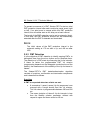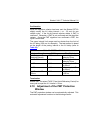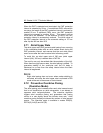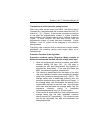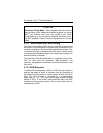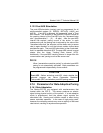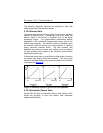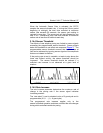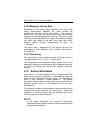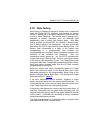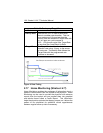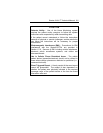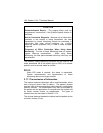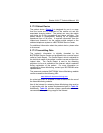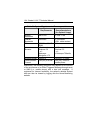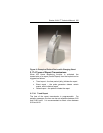
98 Stratos LV/LV-T Technical Manual
2.14.6 Maximum Activity Rate
Regardless of the sensor signal amplitude, the pacing rate
during sensor-driven operation will never exceed the
programmed maximum activity rate (MAR). The maximum
activity rate only limits the pacing rate during sensor-driven
operation and is independent of the rate limit. The rate increase
and rate decrease parameters are upper rate limited by the MAR
and lower rate limited by the basic rate (night rate) (MAR,
standard setting 120 ppm, programmable: 90 ppm… (5)
…180 ppm).
The pacing rate is determined by the highest rate from the
parameters of rate adaptation, the overdrive rate and the
post-AES rate.
2.14.7 Rate Decay
The “rate decay” is set to a standard value of 0.5 ppm/cycle and
is programmable (0.25… (0.25)…1.25 ppm/cycle).
The programmed rate decrease setting applies only to the
decrease in pacing rate during sensor-driven operation and does
not affect the pacing rate during atrial triggered ventricular
pacing.
2.15 Sensor Stimulation
Even when a non-rate adaptive mode is programmed, the
behavior of the sensor is recorded if a rate-adaptive mode has
been selected in the Mode Switching mode. The rate-adaptive
mode is only effective in Mode Switching. The sensor
stimulation indicates how a sensor would have reacted with the
displayed sensor setting if a rate-adaptive mode had been
programmed.
This function is helpful to find the optimum sensor settings and to
compare the sensor rate with the intrinsic rate. When rate
adaptation is activated, sensor data are available that can be
used to evaluate the sensor behavior.
NOTE:
In the sensor stimulation, only values for the sensor
threshold that are greater than those used for the permanent
program maybe selected.



